A fearless and bold breed that doubles as an excellent watchdog and is a cinch to groom

Miniature Pinscher Spotlight
- Affectionately nicknamed the Min Pin
- Look like scaled-down Dobermans but did not descend from Dobermans
- Original purpose was to keep rats out of barns
- Highly active
- Low maintenance in terms of grooming
- Should not be bathed often
- Referred to as the “King of Toys”
- Territorial and makes a good watchdog
History
The Miniature Pinscher originates from Germany. It is common assumption that the Min Pin descended from the Doberman due to the similar features of the two breeds, but the reality is that the Min Pin is a much older breed and is actually the result of crosses involving Dachshunds, Italian Greyhounds and German Pinschers.
It was originally bred for the purpose of ridding barns and farmlands from pesky rodents. Much remains unknown about the breed’s history as there is minimal documentation on the subject until around two centuries ago.
The first standard for the breed was written in 1895 when the Pinscher Club of Germany was first formed. The Min Pin appeared in the show ring for the very first time in Germany’s Stuttgart Dog Show in 1900. The Min Pin first arrived in North America in the early 1900s but did not break into the show ring or gain significant popularity until the late 1920s.
The Min Pin received American Kennel Club recognition in 1925 and is neither high nor low in popularity with a current ranking of 66th most popular dog breed according to the AKC.
Personality & Temperament
Min Pins are active little dogs with a seemingly endless amount of energy. The breed has been affectionately nicknamed the King of Toys, which makes complete sense for anyone who has ever spent time around a Min Pin. They are incredibly curious and will want to investigate every sight and sound.
They are generally friendly dogs but are much more open and comfortable around their families than they are with strangers. They are sensitive toward their owners and toward their surroundings. They do quite will as apartment dwellers as long as they are sufficiently exercised. Min Pins are rarely in the mood to relax and would much rather be running around on some sort of adventure.
Min Pins are prone to developing small dog syndrome due to their small size. Excessive barking, separation anxiety and food and resource aggression are all characteristics that are associated with small dog syndrome.
However, these characteristics and many other undesirable behaviors can be avoided when Min Pins have owners who are able to lead and train with a firm, confident hand and tone. Due to their high activity levels and constant desire to learn and obey, Min Pins do very well in obedience classes and other structured courses that exercise their mental and physical abilities.
Appearance & Grooming
The Min Pin is compact and agile. Although small in size, the Min Pin’s appearance is one of confidence and self-importance. The head is proportional to the rest of the body and the face is narrow. The round eyes range from dark brown to black and are full of expression.
The ears stand completely erect and can be either cropped or uncropped according to the breed standard. The short coat is smooth to the touch is shiny when healthy. The tail stands completely erect above the dog’s backline and is docked in proportion to its size.
The Min Pin is fairly low maintenance when it comes to grooming needs. The breed sheds a minimal amount but brushing every few days or a minimum of once per week is recommended to keep the coat looking its shiny best. The Min Pin’s skin can dry out easily which can lead to skin issues so frequent bathing is not recommended. Instead, Min Pins should only be bathed as needed.
In between baths, however, owners can regularly wipe their Min Pins down with a damp cloth to remove any dirt. The teeth should be brushed every other day or every few days to remove tartar buildup and prevent dental issues. The nails should be trimmed every few weeks to prevent floors, furniture and people from accidentally getting scratched.
Health
- Patellar luxation or kneecap dislocation is common in many toy and miniature breeds and is sometimes observed in Min Pins due to their small size. The dog will only feel pain at the moment the dislocation occurs. Signs that a dog has a dislocated kneecap include lameness, sporadic skipping and irregular movement.
- Legg-Calves-Perthes disease or LCPD is not uncommon in Min Pins. It occurs during a dog’s developmental phase and affects the bones and joints in the leg. If a dog has LCPD, the bone in will begin to die and the dog will likely contract arthritis. LCPD is typically observed in dogs who are less than one year of age and is not more common in one sex than the other. Signs that a dog is experiencing LCPD include difficulty getting around and a preference for using one leg more than the other.
- Hypothyroidism is commonly observed in Min Pins. The condition that results in the thyroid’s insufficient production of the T3 and T4 hormones. Symptoms include increased shedding, weakness, exhaustion, lack of interest in physical activity and weight gain. It typically appears when a dog has reached middle age and is more prevalent in male and female dogs that have been fixed.
- Progressive retinal atrophy (PRA) is a cluster of diseases that impact the retina. The diseases cause the cells in the retina, which is located in the rear portion of the eye, to become abnormal. Most cases of PRA result in a complete loss of vision. This group of diseases is genetic, meaning they it is passed down, so not all Min Pins are at risk. Veterinarians recommend that breeding dogs receive annual eye exams to determine if they are carriers of the gene associated with PRA.
Exercise & Care
Min Pins have medium energy levels. They are highly active and, in addition to your long walks and jogs together, they will be more than happy to join you on your outdoor adventures. They also enjoy running around off-leash but daily walks and playtime will typically be sufficient for owners who live in apartments and do not have access to a fenced-in area.
Min Pins are known for their wanderlust attitude and will get themselves into trouble if left unsupervised for too long so crate training is highly recommended. Every dog has different nutritional needs based on age, size, energy level and other factors.
The food that meets your dog’s needs when he is a puppy may not do the trick when he reaches adulthood, so consult with your breeder and your veterinarian to determine a food type and a feeding schedule that works best for your Min Pin at every life stage.
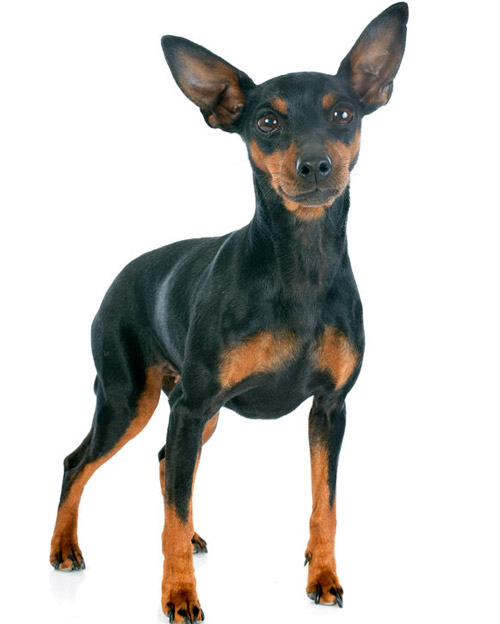
 Germany
Germany
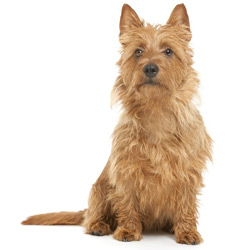
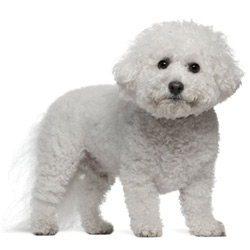
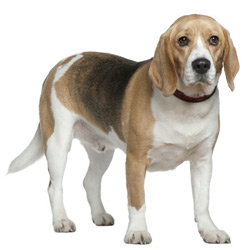
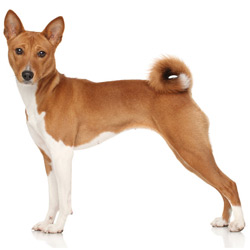
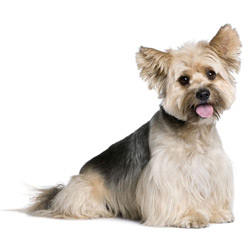
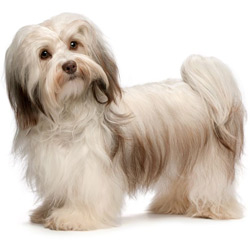
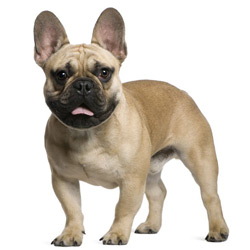
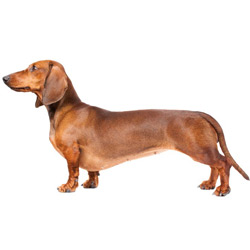
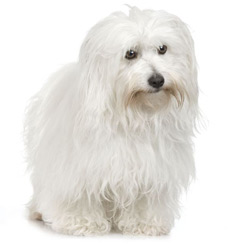
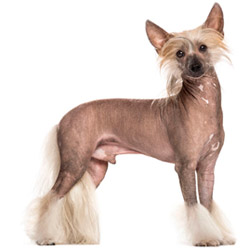
What do you think?